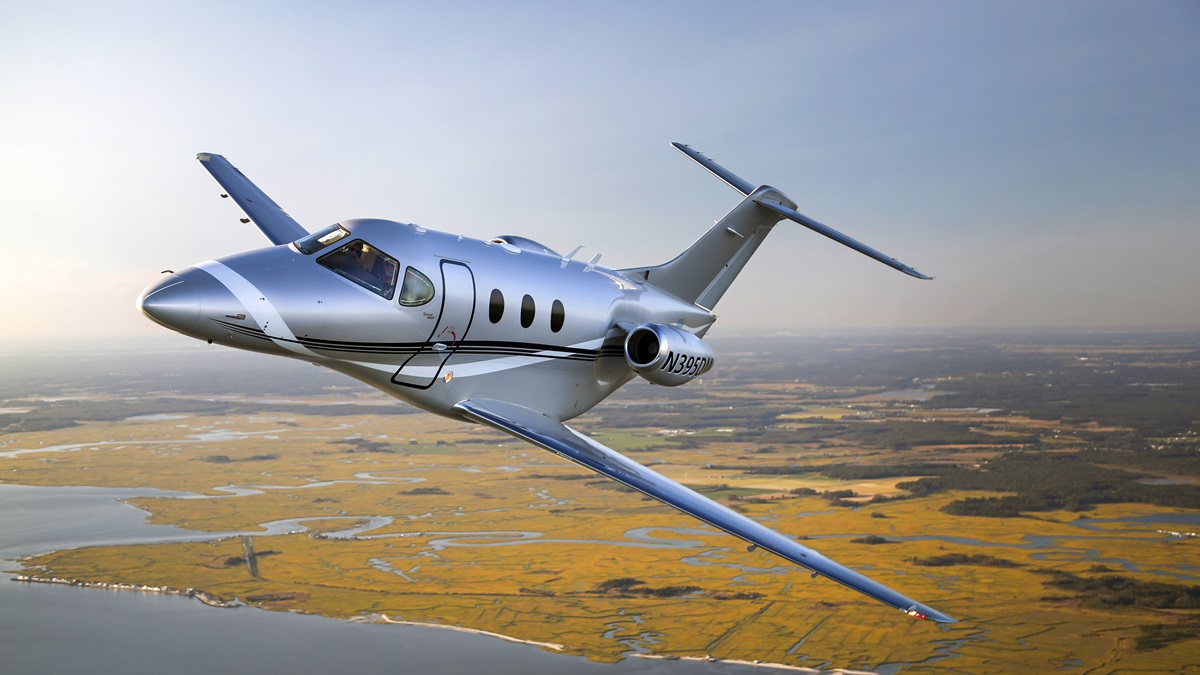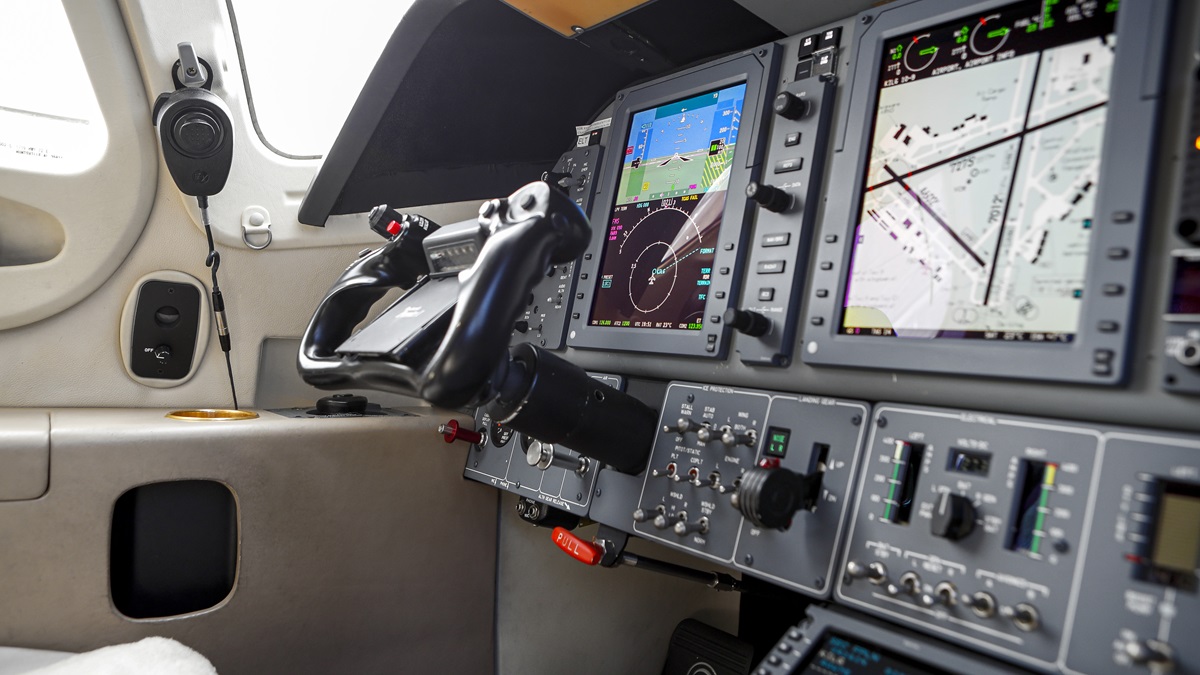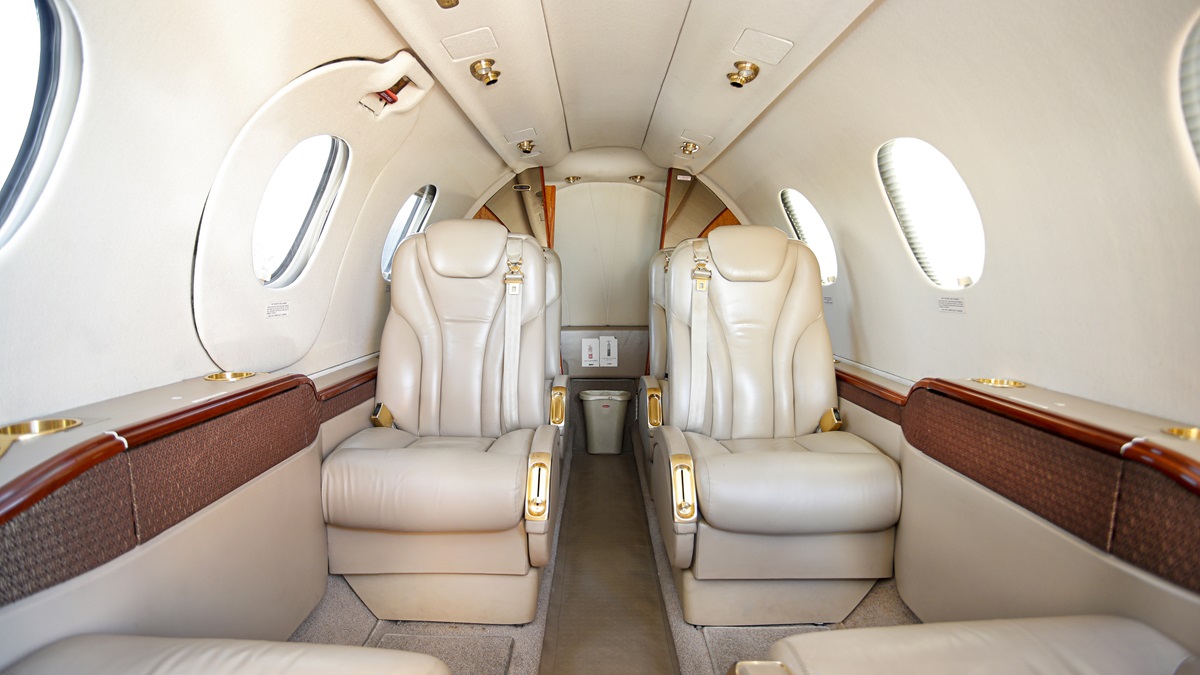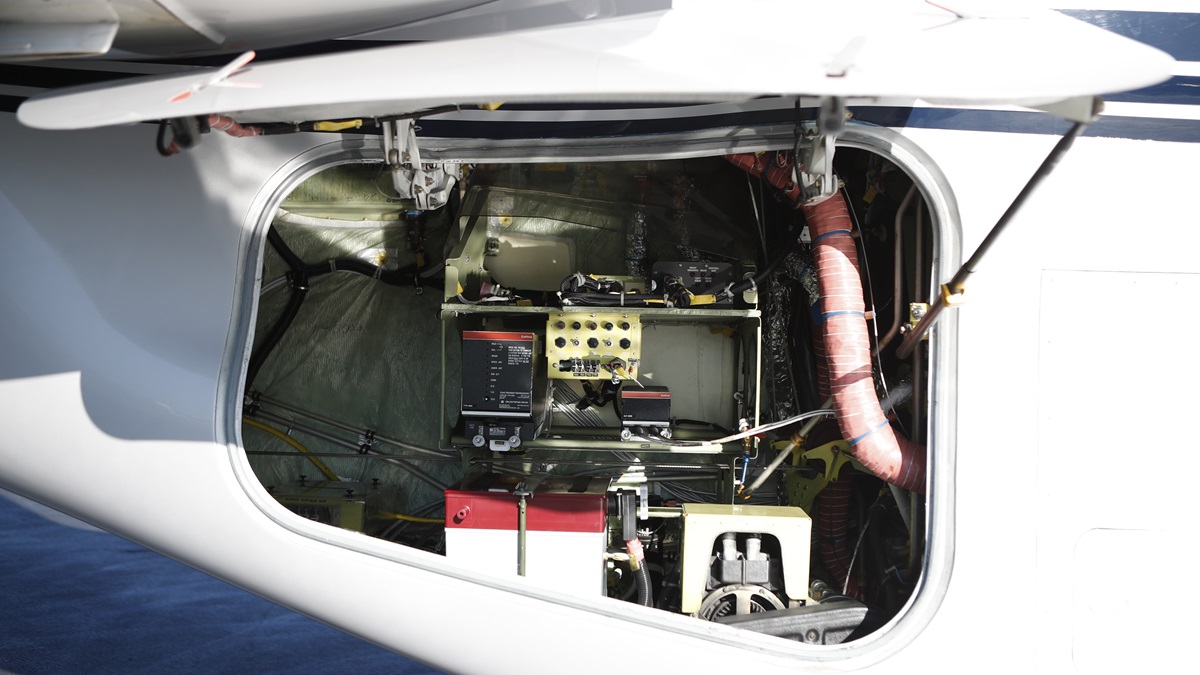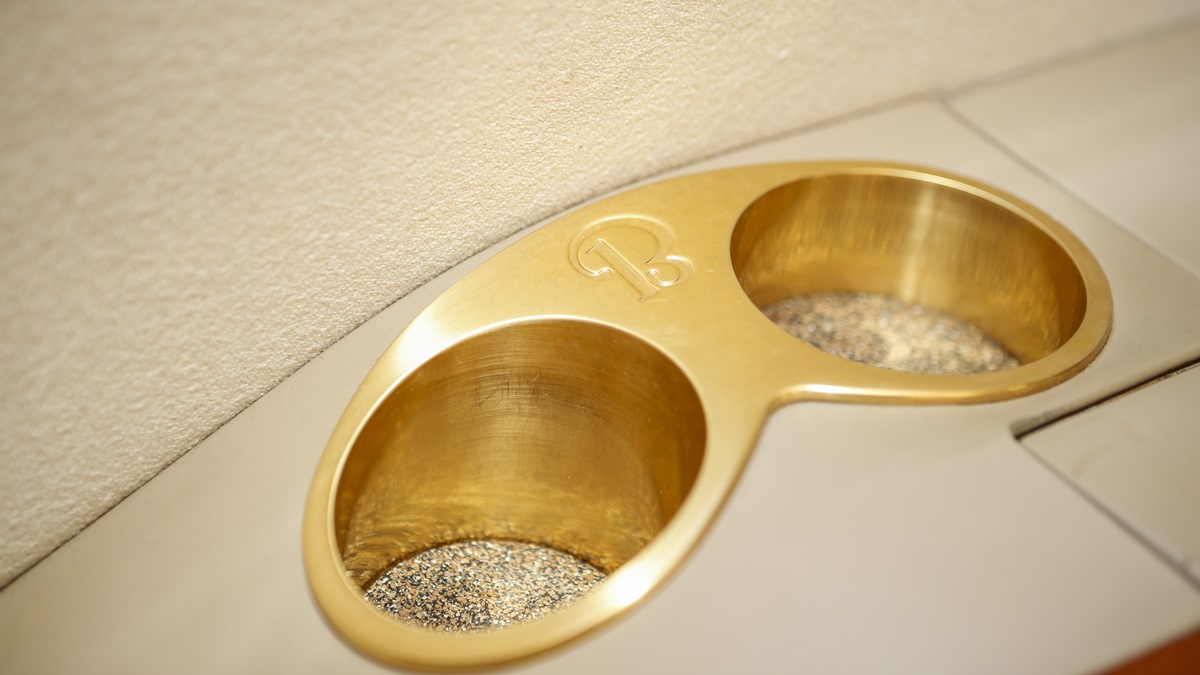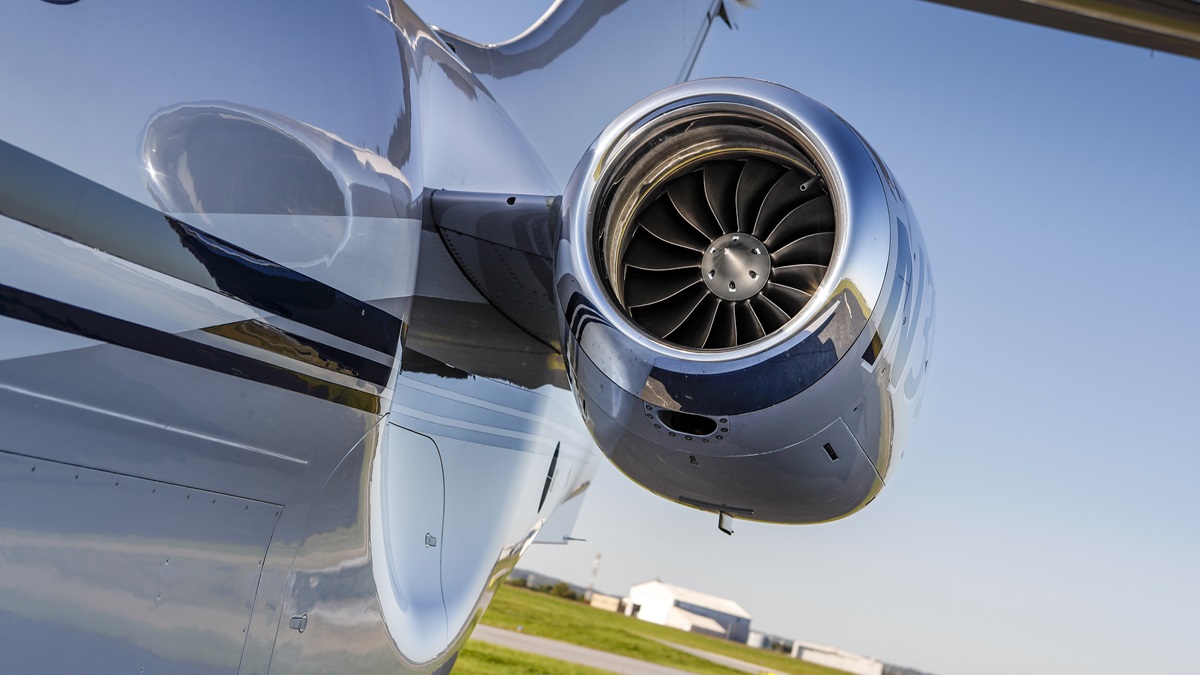Raytheon Premier IA: Diary of a teenage jet
Growing pains produce a good-looking airplane
My suspicions proved to be correct: The Raytheon/Beechcraft/Hawker Premier IA is like some promising middle schooler abandoned by her dysfunctional family—a great kid languishing, wanting to do great things but stymied by conditions beyond her control.
The Premier is the only jet to carry the Beechcraft name that was designed in-house (the Beechjet was designed and originally built by Mitsubishi). As such, the Premier never seemed to find its place in a family dominated by propellers.
Meanwhile, parent company Raytheon had its eye on larger jets from about the time the first drawings emerged for the composite Premier. Raytheon scratched that big-jet itch with the acquisition of British Aerospace’s Hawker product line, giving it instant access to a line of midsize and super-midsize jets, again leaving the innovative Premier looking for its place in the now larger family.
Despite the identity crisis, the Premier I finally emerged in 1998 and was certificated in 2001—the fastest and most spacious in the light jet category. But, to continue that middle school analogy, it was sort of awkward and pimply faced. Its innovative spun carbon fiber fuselage was light and thin-walled, making for an exceptionally wide cabin, but it was noisy inside; outside, its composite fibers showed through the paint. The brakes were grabby. The all-new automated lift dump system didn’t work as planned, sometimes causing hair-raising arrivals because it wouldn’t activate until all three squat switches fully compressed—so if you bounced it, you might not get the lift dump when you needed it. The version of the Rockwell Collins Pro Line 21 cockpit suite Beech chose was rather anemic for such a capable airplane, providing only a primary flight display and a multifunction display. And then there’s that pot belly and pointy nose.
Beech has always focused on its cabins, knowing who pays the bills. For the six-seat Premier it designed a whole new look—what seemed modern and flashy at the turn of the century. But reports from the time say it was rather garish and its design didn’t utilize the interior space well, leading to a loss of height and width.
Beech officials took note and quickly began a series of upgrades that coalesced in 2006 as the Premier IA. A new exterior finishing system did away with the exposed carbon fibers on the surface. Tweaks to the braking system smoothed out ground operations. The automation was ditched on the lift dump, giving the pilots a simple handle on the center console to activate when needed. The cockpit suite was upgraded to include a co-pilot PFD and a host of other Pro Line advances, including access to georeferenced digital Jeppesen charts on the MFD and satellite weather. In the back, overhead ductwork was reworked to increase usable height in the cabin and to quiet the environmental system. Revamped window surrounds and redesigned side walls increased usable width slightly. Restyling made the interior as inviting as other Beech interiors. The gangly preteen suddenly started to look like a prom queen.
A model matures
As Tampa scrolled off the bottom of the moving map, I sat back to admire this 2009 Premier IA. With only 1,682 hours on it, it is just nicely broken in and sprinting along like a champ. Decked out with dual flight management systems, the Jeppesen chart upgrades, synthetic vision, WAAS, and ADS-B, it seems as modern as anything coming off the line today. The two Williams International FJ44-2As are capable of 2,300 pounds of thrust each. At FL370 we’re burning about 1,000 pounds per hour at Mach 0.75. Max speed is Mach 0.80 or about 451 KTAS. At the max certified ceiling of FL410, fuel burn would decrease to about 800 pph. The engines are controlled by an electronic engine control system that has the same capabilities as a FADEC, except instead of dual digital channels it has only one with a mechanical backup.
The Premier is 35 knots or so faster than its nearest competitor, the Cessna Citation CJ2+. Both airplanes have max takeoff weights of about 12,500 pounds, but the CJ2+ max payload is higher—about 1,400 pounds for a typical Premier IA versus about 1,700 pounds for a CJ2+. The CJ’s straight wing also gives it an advantage on landings. The 20-degree sweep on the Premier’s aluminum wing is part of its speed advantage in cruise, but brings a penalty on landing with REF speeds 10 knots or so faster and runway distances 400 to 500 feet longer. To get even that runway performance, the Premier requires flaps along 75 percent of the wing’s trailing edge, leaving little room for ailerons. Computer-controlled and hydraulically actuated spoilers kick in automatically and seamlessly to assist in roll.
Inside, the Premier feels bigger than a CJ—it’s nearly a standup cabin, whereas you will walk hunched over down the CJ aisle.
Thanks to panel-mounted yokes, the Premier flight deck is easier to get into and out of. Citations and most other jets have the control column protruding out of the floor between the panel and the cockpit seats.
My chance to fly this Premier IA up the East Coast is compliments of Bert Seither, who flies it single pilot for a private owner. The Naval Academy grad and former F–14 pilot retired from Southwest Airlines in 2019. He describes the Premier as the closest thing to a civilian fighter he’s ever flown. Indeed, it is fast and fun to fly. The controls are nicely balanced, but heavier than you might expect from Beechcraft.
The Premier uses a host of automated systems, all of which must be tested before each flight. A knob on the cockpit overhead is used to test 10 systems, from engine fire detection to landing gear alerts. Pilots have long complained about the length and complexity of Premier checklists. Seither has created his own that includes all of the original items, but in a more flow-oriented order. With that he can be engines running and taxiing in just a few minutes.
While the start-up sequence can be daunting to the newbie, preflight is not. The walkaround is well organized and simple. Oxygen tank levels and nitrogen levels for the emergency gear extension are easily checked from the front left baggage compartment, which can carry 150 pounds. The right nose compartment is stuffed full of avionics line-replaceable units—again easy to access. Oil and hydraulic levels are easily checked from a rather spacious compartment on the aft right side, which also is where the engine control units can be tested. Aft baggage, beneath the left engine, is unusually shaped—long and tall—and can carry up to 450 pounds in its 44 cubic feet, significantly larger than that in the CJ2+. The length handily accommodates golf clubs and skis.
The Premier IA is unusual among light jets in that it has single-point refueling—with over-the-wing refueling available. It can carry 3,600 pounds of fuel, but burns more of it than the CJ2+—there’s little magic in what makes an airplane go fast. The Premier IA is more range limited than the CJ2+, with a typical range of just over 800 nm versus nearly 1,200 miles for the Cessna.
With a light load and the right altitude, Seither says he can stretch the Premier out to 1,100 nm, but it’s often referred to as a great 700- to 900-nm airplane. The one Seither flies was for sale when we flew it in September 2020 because the owner was looking to make regular trips to Costa Rica and the Premier is challenged to make it there nonstop with reasonable fuel reserves given the dearth of alternate airports near the destination. Although slower than the Premier, the likely light jet for such a mission is a Cessna CJ3, with a max range of about 2,000 nm and a normal range of nearly 1,400 nm.
Beechcraft planned to address the range issue with an upgraded model, the Premier II, which was advertised to have 20 percent more range with four passengers on board, more powerful engines, winglets, and additional payload. Certification was expected in 2010. Our prom queen was headed for college. But as financial troubles beset Beechcraft, development of the II languished. As if it would help, the newly named Hawker Beechcraft company decided to call the twinjet the Hawker 200.
It didn’t help. In late 2011, the company announced another delay in certification. As debt piled up during the soft business jet market, Hawker Beechcraft filed for bankruptcy in December 2012 and production of all of its business jets stopped in 2013. The day after Christmas 2013, Cessna parent Textron announced it was acquiring Beechcraft for $1.4 billion, a deal that closed in early 2014. Textron Aviation kept the Cessna and Beechcraft brands alive, but no more Premiers came off the line and the Hawker 200 never saw the light of day.
There were more than 290 Premiers built. In mid-October there were 19 on the market, ranging in price from $975,000 for a 2008 model to $2.1 million for a 2010 model. Engine time and whether or not the engines were on a maintenance plan are major differentiators in price.
While in production for only a decade, the Premier I/IA was innovative in its time and still competes well with newer models when it comes to speed and comfort.
Email [email protected]

